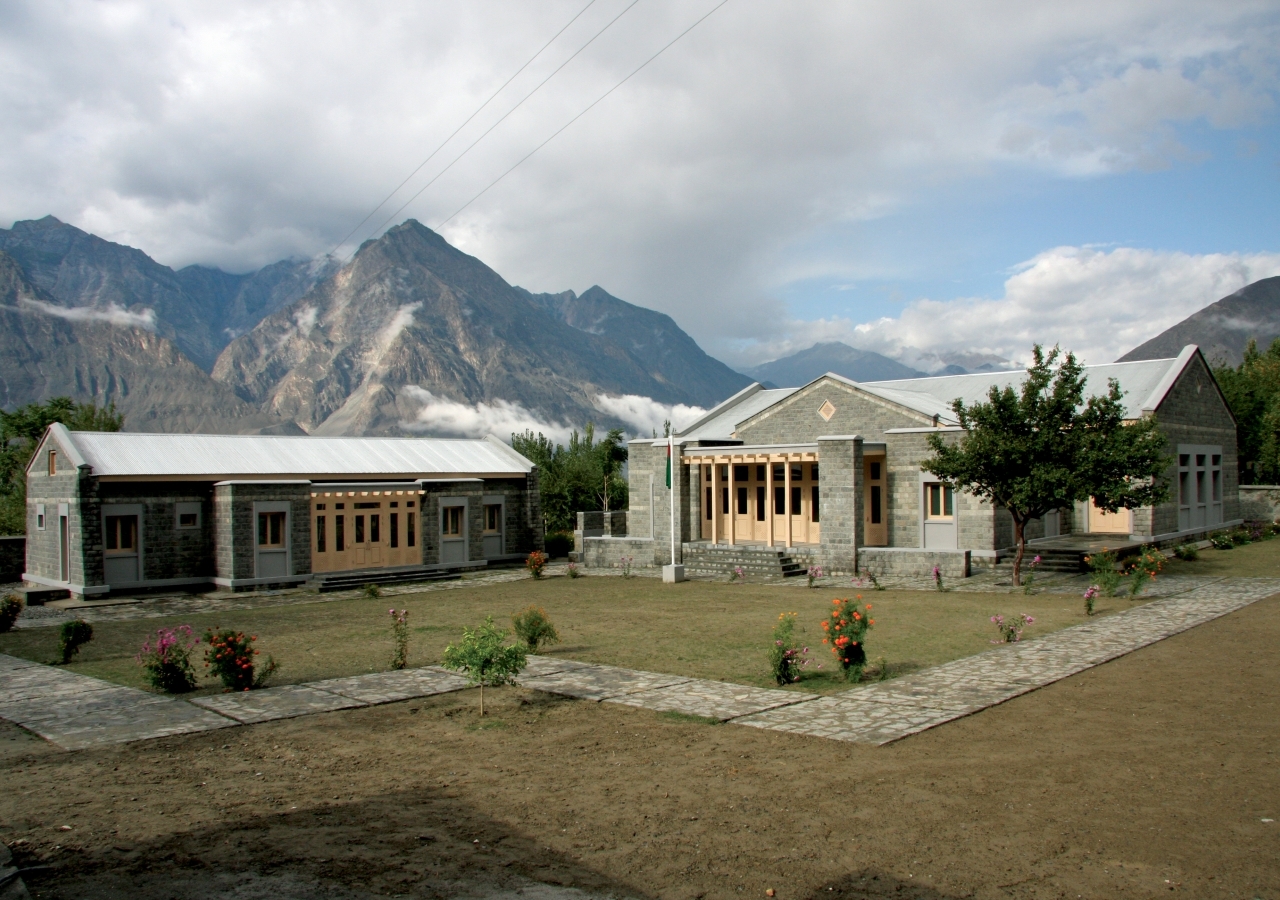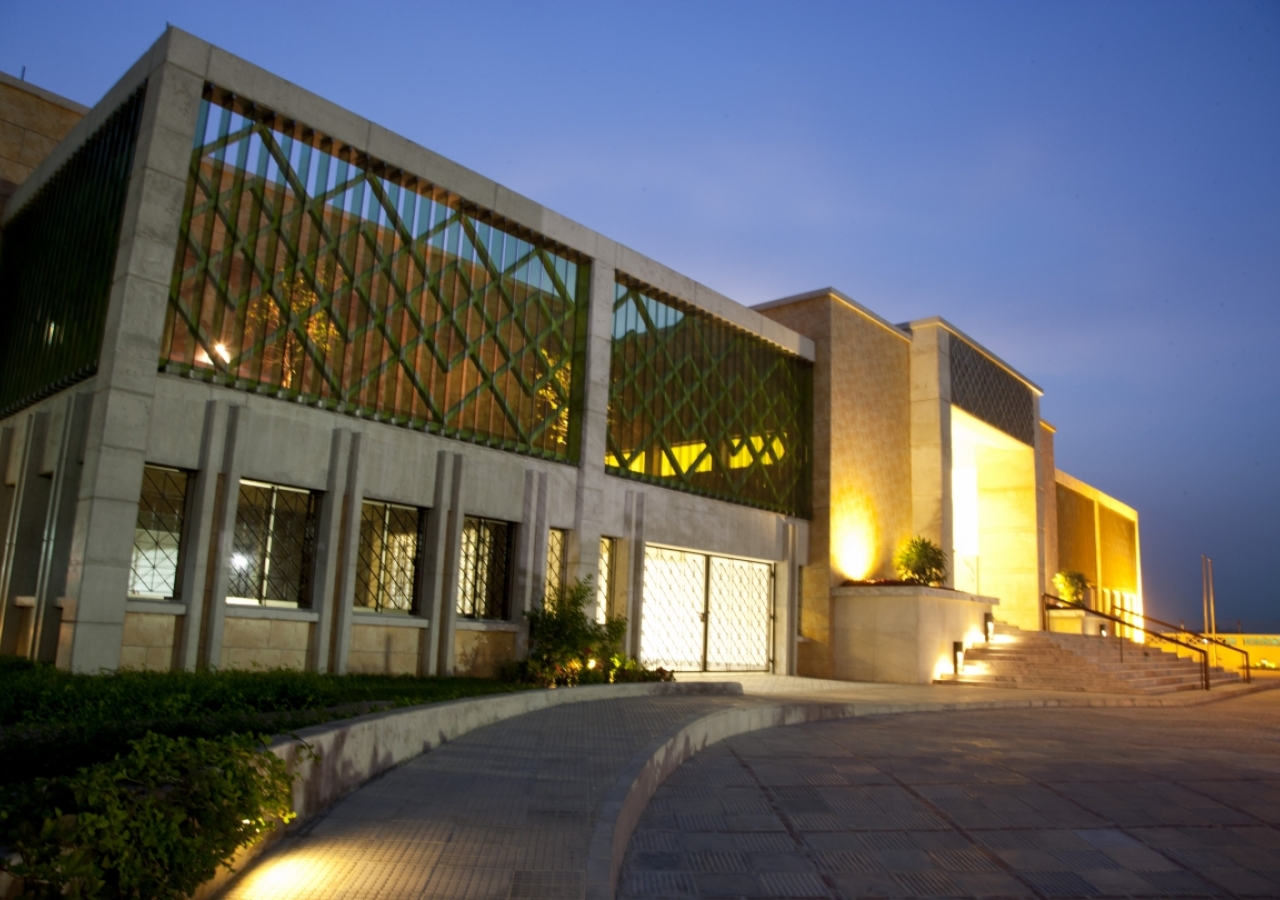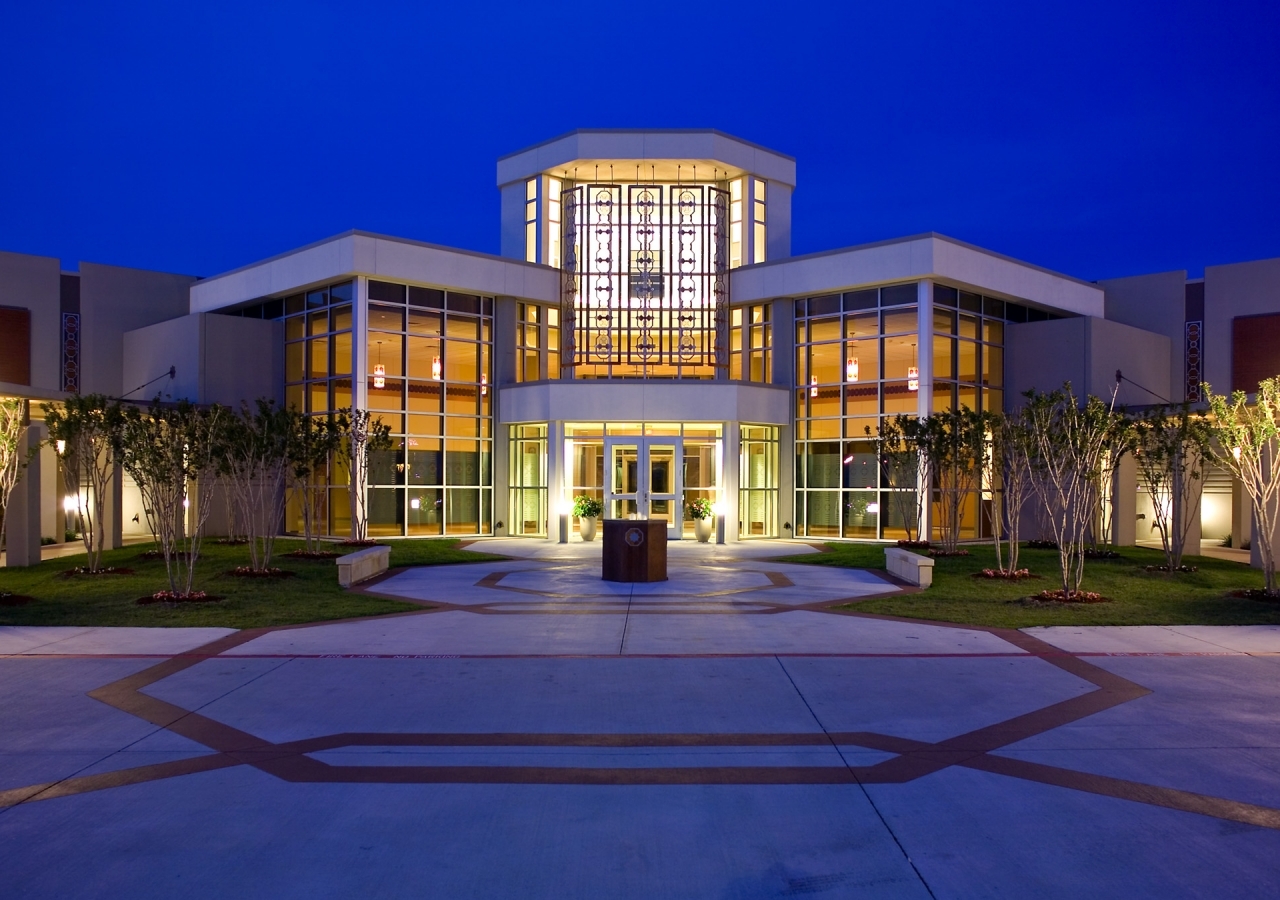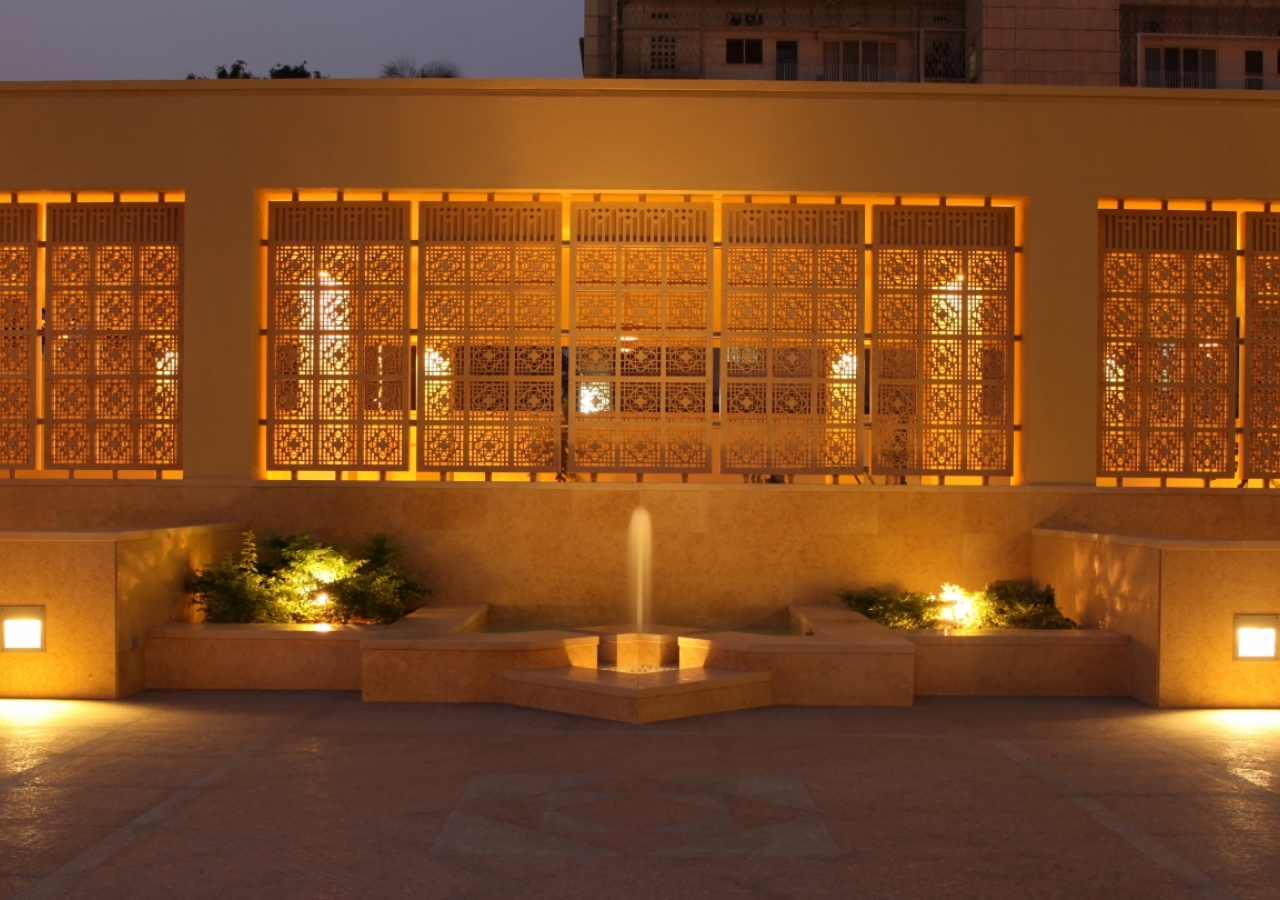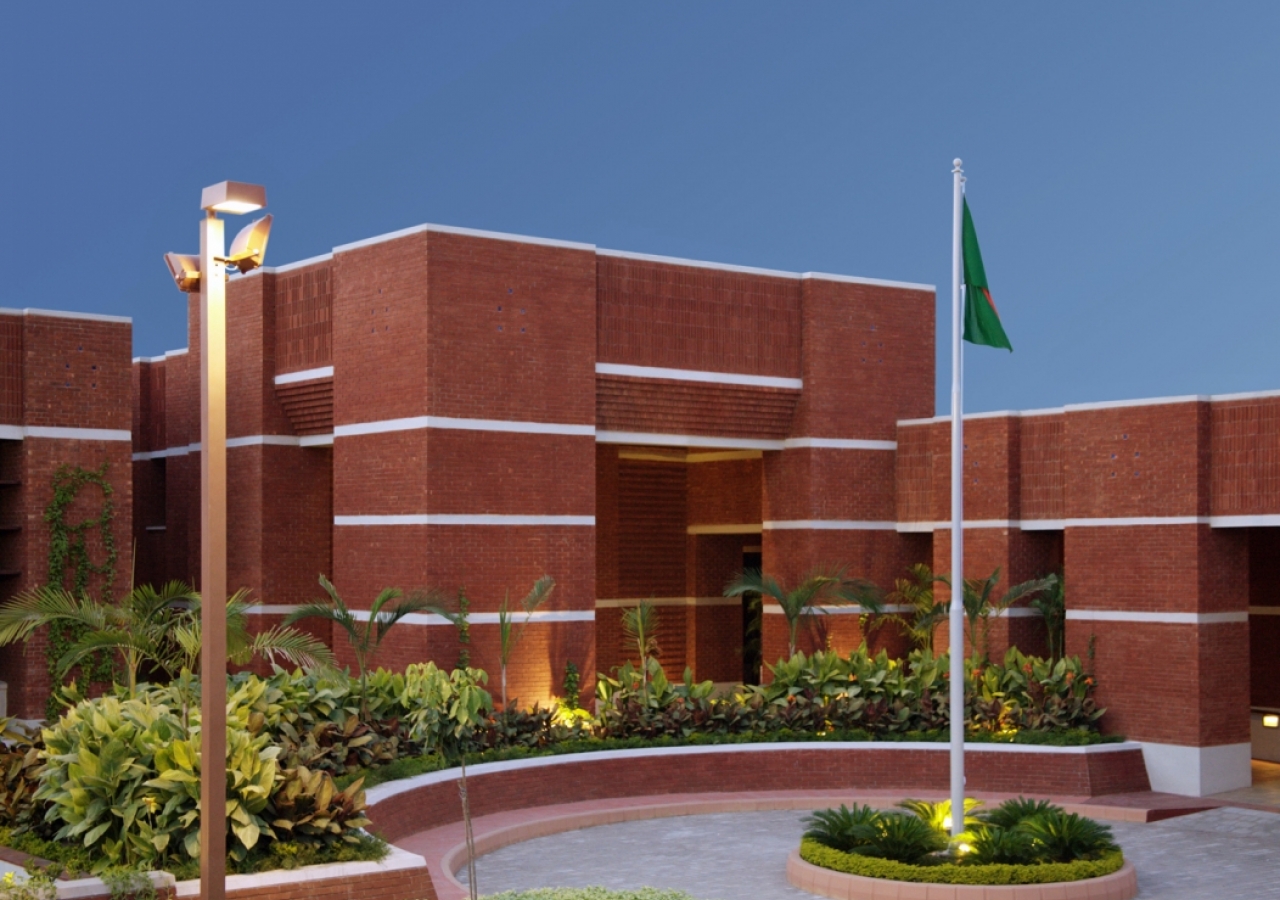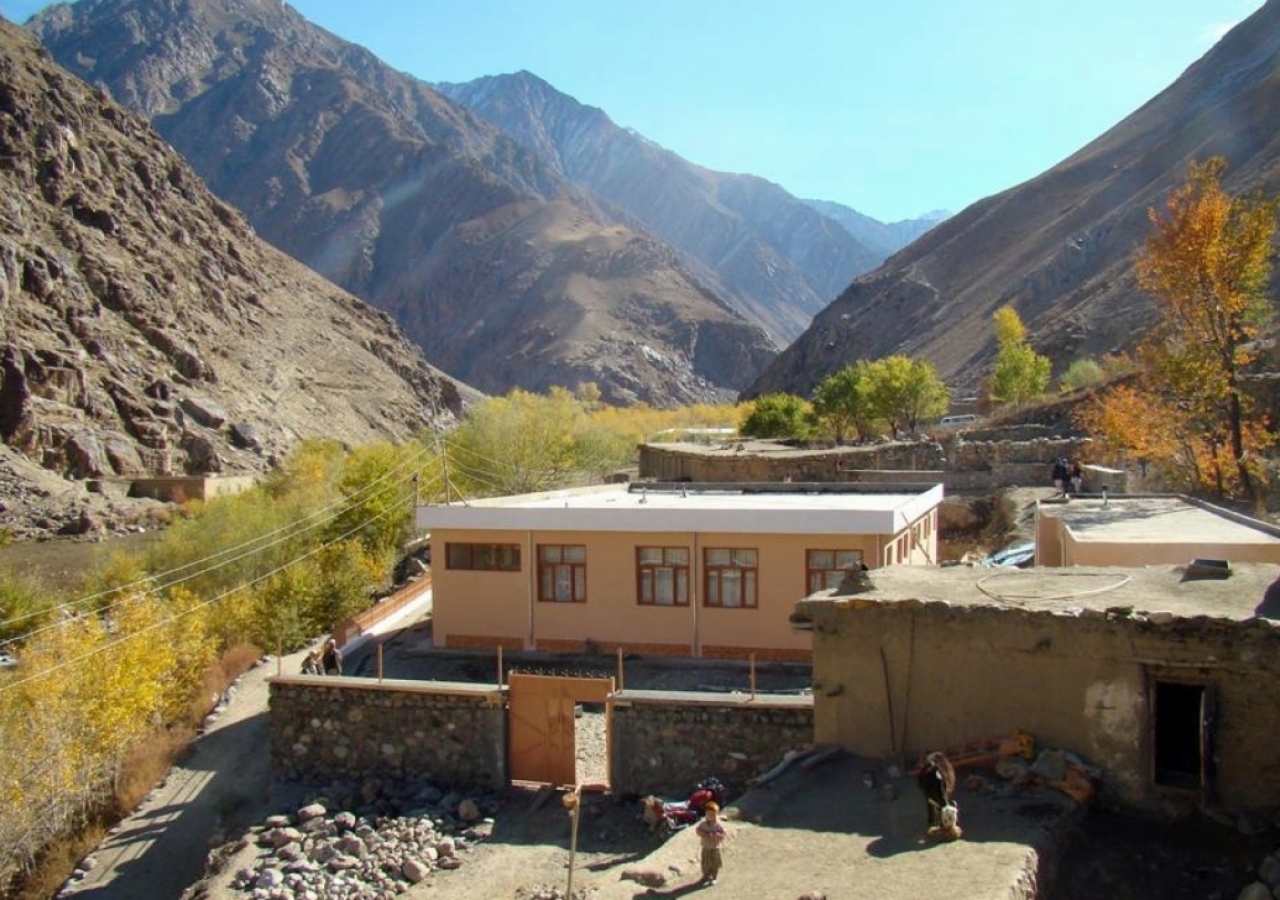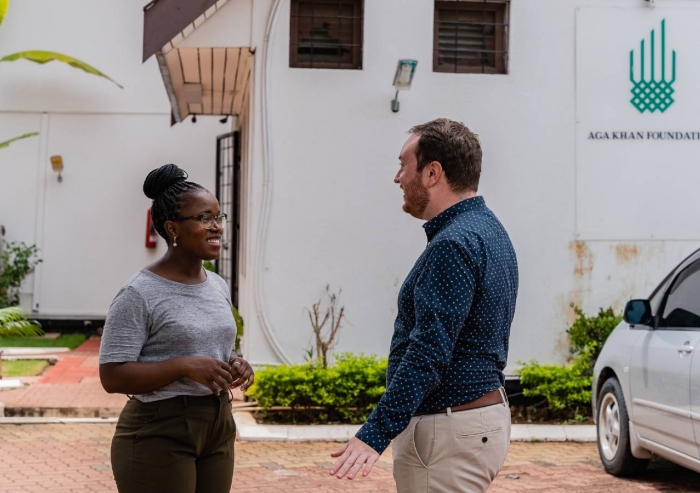“One of the ways in which Ismailis have expressed their identity wherever they have lived is through their places of prayer, known today as the Jamatkhana. Other Muslim communities give their religious buildings different names: from ribat and zawiyya to khanaqa. And, in addition, there are other places where Muslims of all interpretations can come together, such as non-denominational mosques. What we dedicate today is what we identify as an Ismaili Centre – a building that is focused around our Jamatkhana, but which also includes many secular spaces… And soaring above it all is the great crystalline dome that you have observed, through which light from the prayer hall will provide a glowing beacon, symbolising the spirit of enlightenment that will always be at the heart of the Centre’s life.”
Mawlana Hazar Imam, Opening Ceremony of the Ismaili Centre, Toronto, September 12, 2014
Prayer and worship are central concepts in Islam, yet Muslims have always practiced their faith in diverse ways. During the earliest years of Islam, Prophet Muhammad (peace be upon him and his family) and the Muslim community living in Mecca had no special place of worship and the arrangements for communal worship were informal. According to a famous hadith, or saying, of the Prophet, the “whole world is a masjid.” Following the Hijra to Medina, specific places of worship began to emerge, such as the courtyard next to the Prophet’s house.
Throughout history, various communities of interpretation of Islam evolved, including the branches of the Shia and Sunni, as well as many Sufi Tariqahs. In addition to the masjid, or mosque, many of these communities developed their own distinctive spaces of gathering in which they performed practices and rituals specific to their Tariqah. Among these diverse spaces is the Jamatkhana.
The word jamatkhana means “the house of the community” and is an amalgamation of the Arabic word jama‘a, which means group or community, and the Persian word khana, meaning house. It refers to a place where members of certain Sunni and Shia communities come together for prayers and communal gatherings. It is commonly associated with the activities of Sufi groups, but has also evolved into the principle space of worship for Shia Ismaili Muslims.
As with other Muslim spaces of gathering, there has been an evolution in both function and form of the Jamatkhanas, reflecting the changing historical and cultural context of these institutions as well as the evolving needs of the community.
The first Ismaili Jamatkhanas were established in South Asia. In the book A Scent of Sandalwood, Aziz Esmail writes that, “Pir Sadardin... is credited with the setting up of the first jamatkhana (communal centre) at Kotdi (in Sind).” In more recent decades, Jamatkhanas have been established in other parts of the world, including Central Asia, East Africa, the Middle East, Europe, North America, and Australia, becoming the principle place of gathering for the Jamat in today’s world.
Jamatkhanas are designated by the Imam of the Time for the use of murids who have given him their bay‘a, or oath of allegiance. As Mawlana Hazar Imam said at the foundation ceremony of the Ismaili Jamatkhana and Centre in Khorog, Tajikistan in 2008, “Here, the Jamatkhana will be reserved for traditions and practices specific to the Shia Ismaili tariqah of Islam.”
The Jamatkhana plays a significant role in the lives of the Jamat. We gather as a community to pray together, to build our community, to strengthen our identity, to enable intellectual and social development, and to reinforce our ethics through service. Jamatkhanas can be catalysts for our Jamat's progress, as well as for reaching out to the society around us.
At their heart, Jamatkhanas reflect the core values of the Ismaili community, as Mawlana Hazar Imam emphasized at the foundation ceremony of Dhaka Jamatkhana in 2008:
“We see it as a place of peace and tranquillity, filled with a spirit of humility and prayer. It will not be a place for conceit or self-satisfaction, but rather a place for search and enlightenment. It will be a place where men and women in this pluralist country can help strengthen those common bonds which reflect our common challenges and which will shape our common destiny.”
Below are further resources to learn more about the history of Jamatkhanas:
1. What Is Shi’a Islam?, Dr. Farhad Daftary and Professor Azim Nanji, The Institute of Ismaili Studies
2. Muslim Spaces of Piety and Worship, Karim Jiwani, The Institute of Ismaili Studies
3. New jamatkhanas opening across Afghanistan seen as catalysts for progress, The Ismaili
4. Glossary, The Institute of Ismaili Studies
Thank you for visiting this website. In order to improve the quality of the website, please complete a short survey. The data collected will help us to serve you and others in a more effective and efficient manner. Please click on this link to complete the survey.

